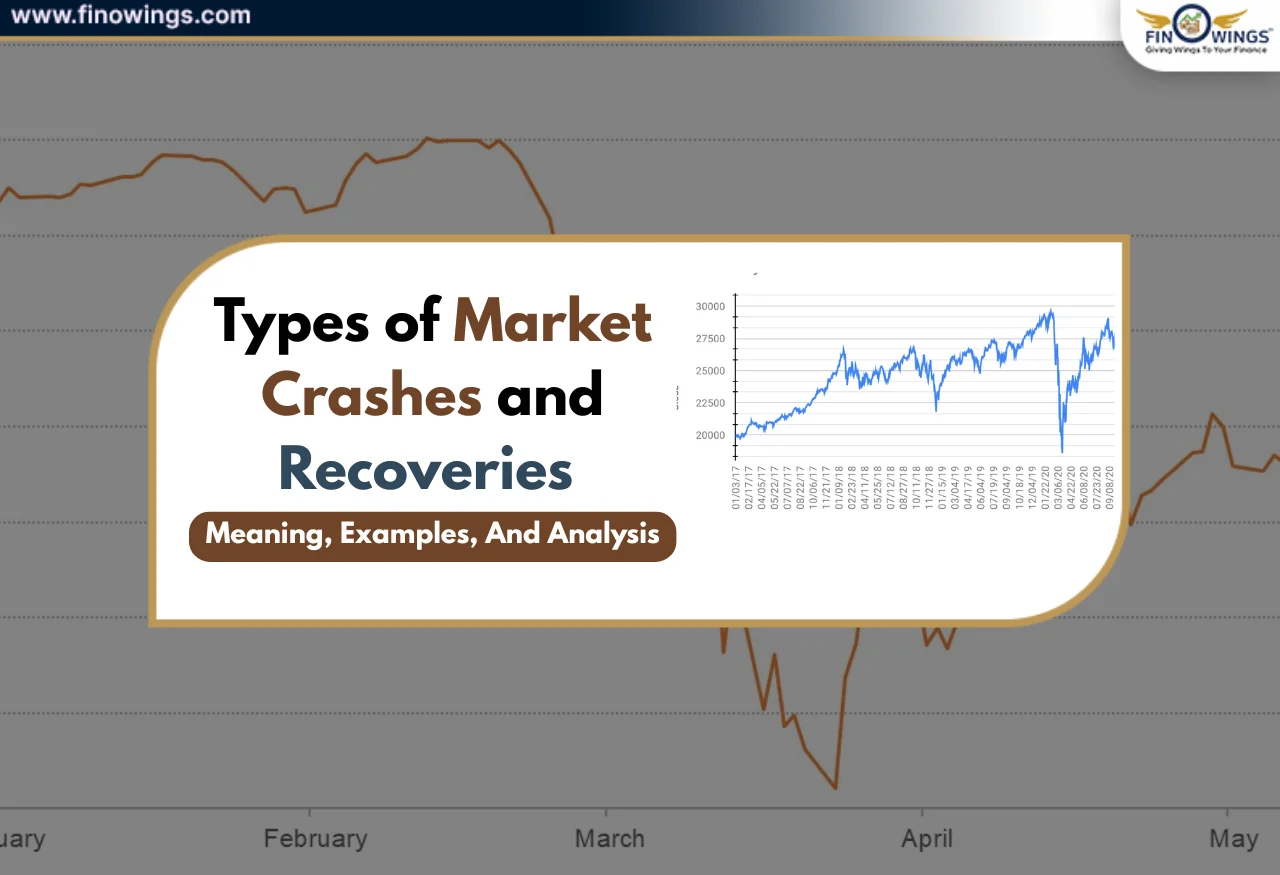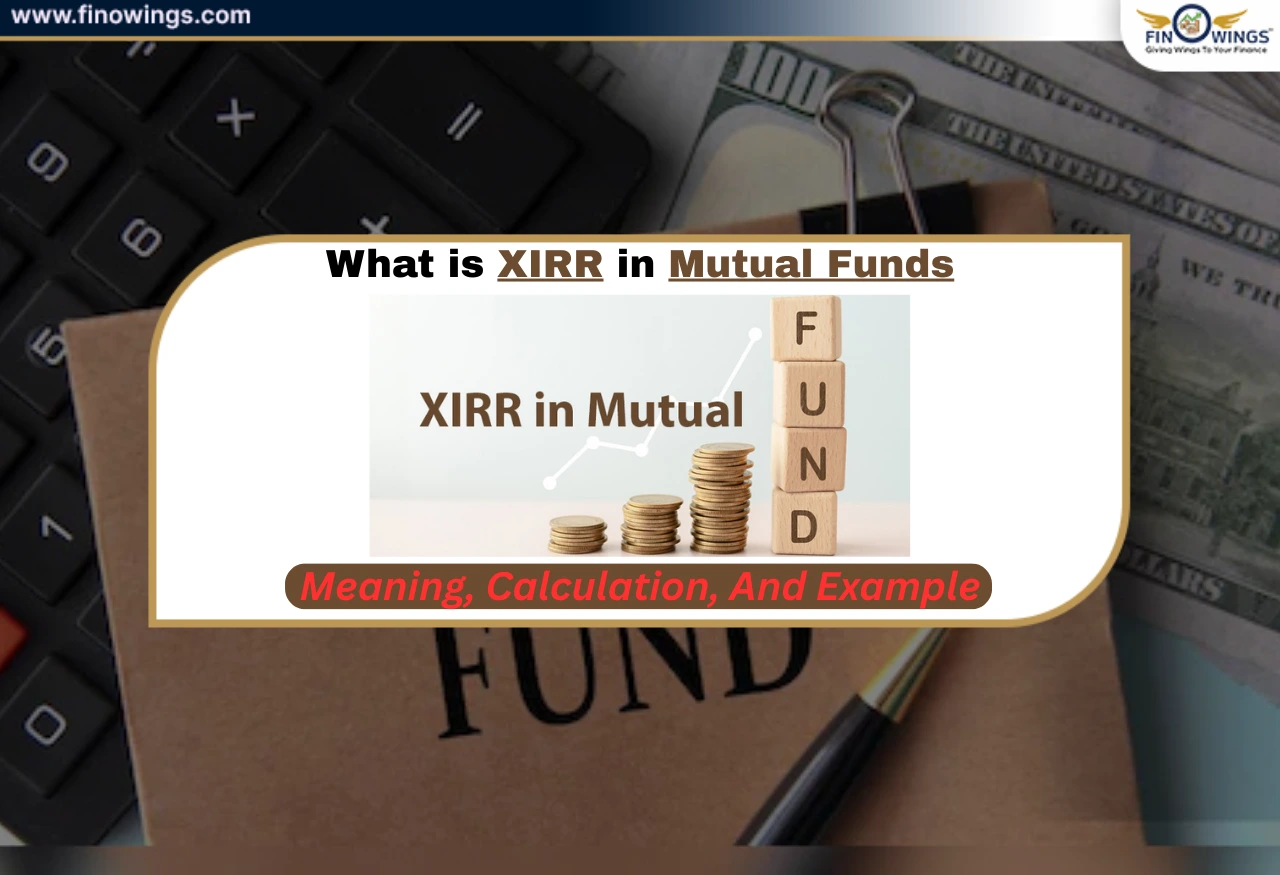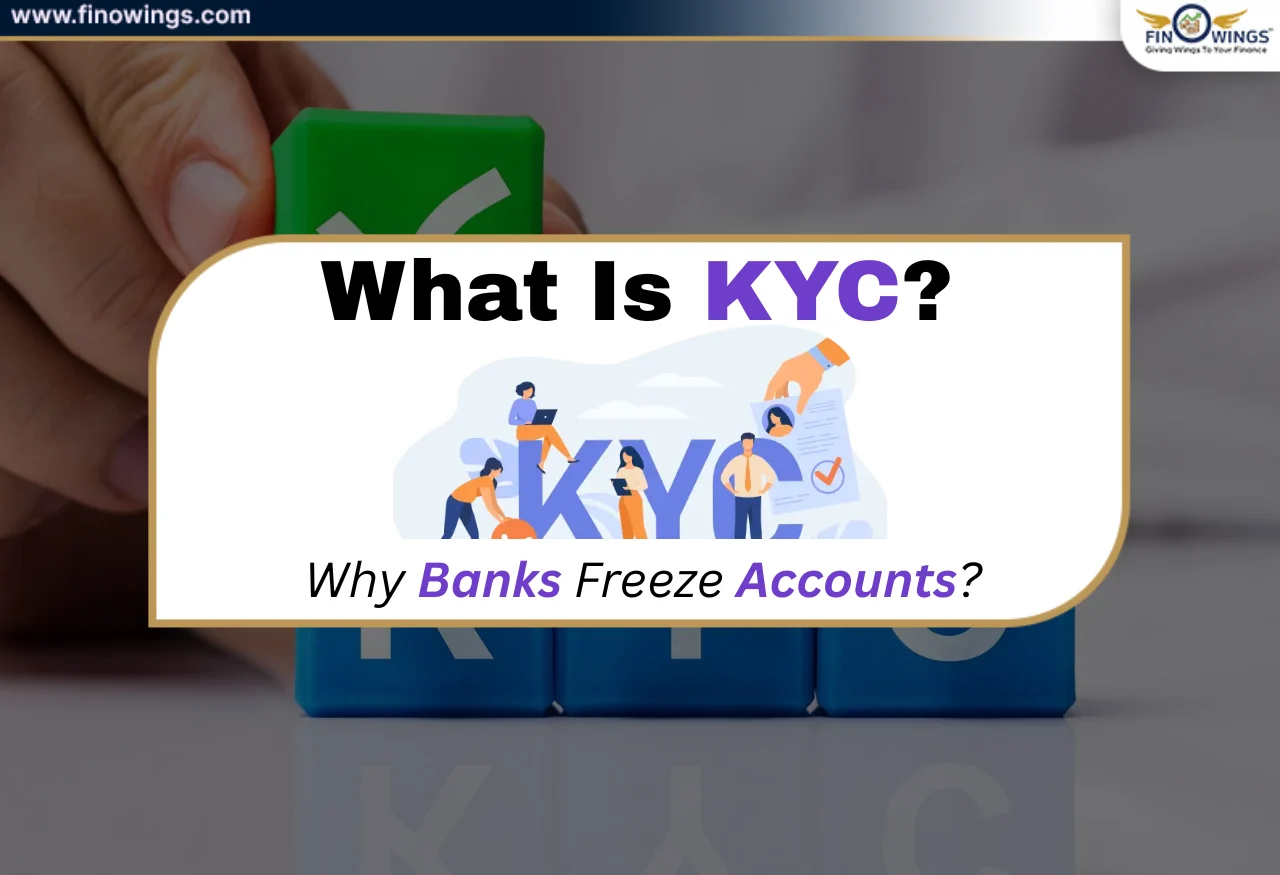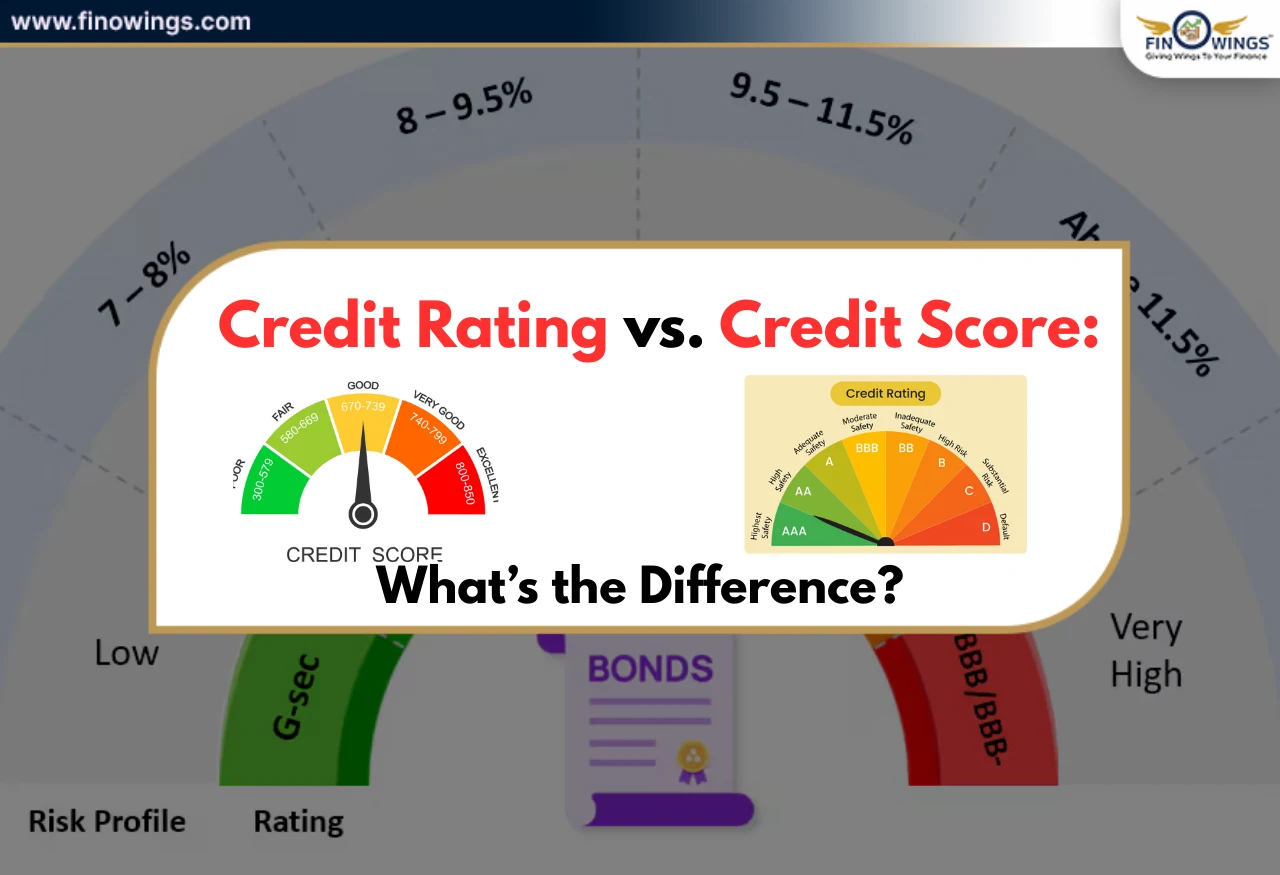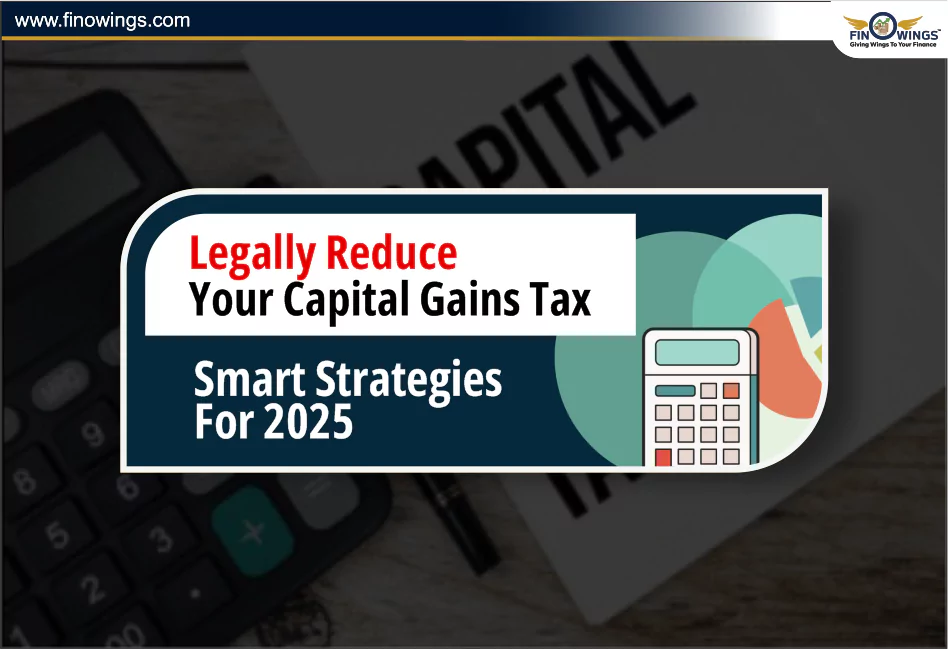Home >> Blog >> What Is Debt Service Coverage Ratio (DSCR) and How to Calculate It
What Is Debt Service Coverage Ratio (DSCR) and How to Calculate It
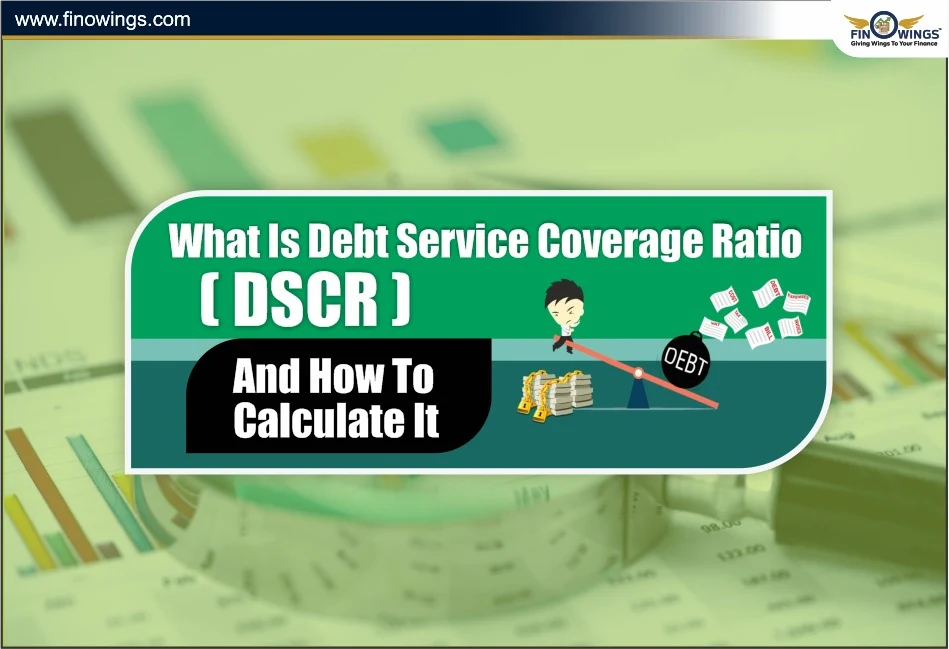
Table of Contents
- What is Debt Service Coverage Ratio (DSCR)?
- How to Calculate the Debt Service Coverage Ratio
- How the Debt Service Ratio Works
- How to Calculate Debt Service Coverage Ratio
- What Constitutes a Good DSCR?
- Recognising Why the DSCR is Important
- What Can Cause a Change in Debt Service Coverage Ratio
- How to Correctly Calculate the Debt Service Coverage Ratio
- DSCR in Real Estate and Corporate Banking
- Conclusion
Lenders and investors want to determine if a company can cover its debt. An effective approach to understanding this is measuring the Debt Service Coverage Ratio (DSCR). This ratio captures whether a business is cash flow positive (i.e., whether a business's cash flow is sufficient to cover payments on its debt) and its interest and principal repayments.
This blog covers the meaning of debt service coverage ratio, the debt service coverage ratio formula, a walkthrough on its calculation, and what is the desired DSCR.
What is Debt Service Coverage Ratio (DSCR)?
The ratio of a company's debt obligations to its net operating income is known as the Debt Service Coverage Ratio (DSCR). In other words, it measures the income a business generates after operations and how much of its cash is due to debt payments in a specified period (usually one year).
As a rule of thumb, the higher the DSCR, the better the prospects of the business. A ratio below 1 indicates the business is having issues.
How to Calculate the Debt Service Coverage Ratio
The debt service coverage ratio can be calculated using the formula below:
DSCR = Net Operating Income / Total Debt Service
Where:
Net Operating Income = EBITDA.
Total Debt Service is the principal repayment and all interest expense due within the same period
This ratio illustrates to your lenders the borrower’s ability to pay their debt.
How the Debt Service Ratio Works
Simply put, the debt service ratio formula allows us to see whether an organisation can pay down its debt.
When it comes to a DSCR:
> 1: The company generated more than sufficient revenue to cover its debt.
= 1: The company made just enough to cover its debt and that is dangerous.
< 1: The company did not earn enough to pay off their debt in full.
How to Calculate Debt Service Coverage Ratio
What Constitutes a Good DSCR?
The ideal DSCR ratios vary by industry, however, the following ranges hold true across most industries:
|
DSCR Value |
Interpretation |
|
Below 1.0 |
No sufficient cash flow to meet debt obligations |
|
1.0 – 1.25 |
Borderline safe; lenders may hesitate |
|
1.25 – 2.0 |
Financially strong |
|
Above 2.0 |
Excellent - company easily covers debt payments |
Most banks and financial institutions will only approve business loans or project financing for companies with a DSCR of at least 1.25.
Recognising Why the DSCR is Important
The Debt Service Coverage Ratio is one of the three most requested ratio analyses when evaluating a client’s credit ratings. And for good reasons, here they are.
1. Measures the Ability to Repay
The DSCR illustrates how much a borrower is able to repay without taking on new debt.
2. Streamlines Loan Approval
All lenders, banks, and non-banking financial companies (NBFCs) rely on the DSCR and its components to make loan allocation decisions.
3. Indicates the Borrower’s Surplus
Having a surplus of income to make debt payments demonstrates a higher ratio and is a good sign.
4. Finances Projects
The ratio aids investors in assessing a project's viability and risk in real estate or infrastructure.
5. DSCR Gives Value to Investors and Analysts
Credit users are assessed on the DSCR to analyse how deeply a borrower can pay down existing debt and how much more debt can be acquired.
What Can Cause a Change in Debt Service Coverage Ratio
Revenue Instability: Cash flows can be volatile for seasonal or cyclical businesses.
Change in Interest Costs: Increased interest will lead to higher debt service and declining DSCR.
Operating Inefficiencies: As net income diminishes, operational costs increase, decreasing the ratio.
Debt Structure: A combination of short-term, high-interest loans, and long-term financing has a net positive effect on the ratio.
How to Correctly Calculate the Debt Service Coverage Ratio
Here are ways companies can correct the DSCR:-
-
Increase sales, introduce new goods and put in place more lucrative pricing strategies to boost revenue.
-
There are net operating income improvements when operating costs and expenses are reduced.
-
Debt is reduced with equity injections.
-
Streamlining this aspect of a business can be DSCR-intensive.
DSCR in Real Estate and Corporate Banking
In real estate and corporate banking, the DSCR ratio generally provides banks with a high-level view of how much of a new loan a business can handle.
In the real estate example, a commercial property generates ₹15 lac a year, while the total loan payments are ₹12 lac. This property has a DSCR of 1.25, which is regarded as satisfactory by banks.
Immeasurable Factors regarding Debt Service Coverage Ratio
-
It considers cash flows only over a short time. It does not take into account the potential long-term profitability of the business.
-
Immediate operational adjustments are not taken into consideration.
Conclusion
The Debt Service Coverage Ratio (DSCR) is crucial for assessing a company's ability to handle its debt payments and overall financial health. Companies and prospective investors can make wise choices about business finance and investments by using the ability to compute the debt service coverage ratio and analyze the findings.
Consistently positive DSCR figures provide a high degree of assurance on the business, and a concession on the level of default risk, reinforcing the importance of DSCR in financial modelling and loan underwriting.
Check out our comprehensive tutorial on the Put Call Ratio (PCR), where we explain how traders use it to assess investor confidence and market direction, if you're interested in learning more about other important trading and market mood indicators.
DISCLAIMER: This blog is NOT any buy or sell recommendation. No investment or trading advice is given. The content is purely for educational and information purposes only. Always consult your eligible financial advisor for investment-related decisions.
Author
Frequently Asked Questions
DSCR shows whether a company’s operating income is enough to cover its total debt payments. It indicates the business’s ability to repay interest plus principal from its cash flow.
Formula: DSCR = Net Operating Income / Total Debt Service
Net Operating Income is usually EBITDA, while Total Debt Service includes all interest and principal due for the period.
Most industries consider 1.25 to 2.0 as a healthy DSCR. Banks generally prefer at least 1.25 to approve loans.
A DSCR below 1 shows the company does not generate enough income to fully meet its debt obligations, indicating financial stress.
Companies can raise DSCR by increasing revenue, reducing operating costs, refinancing high-interest loans, improving pricing, or reducing debt levels.




